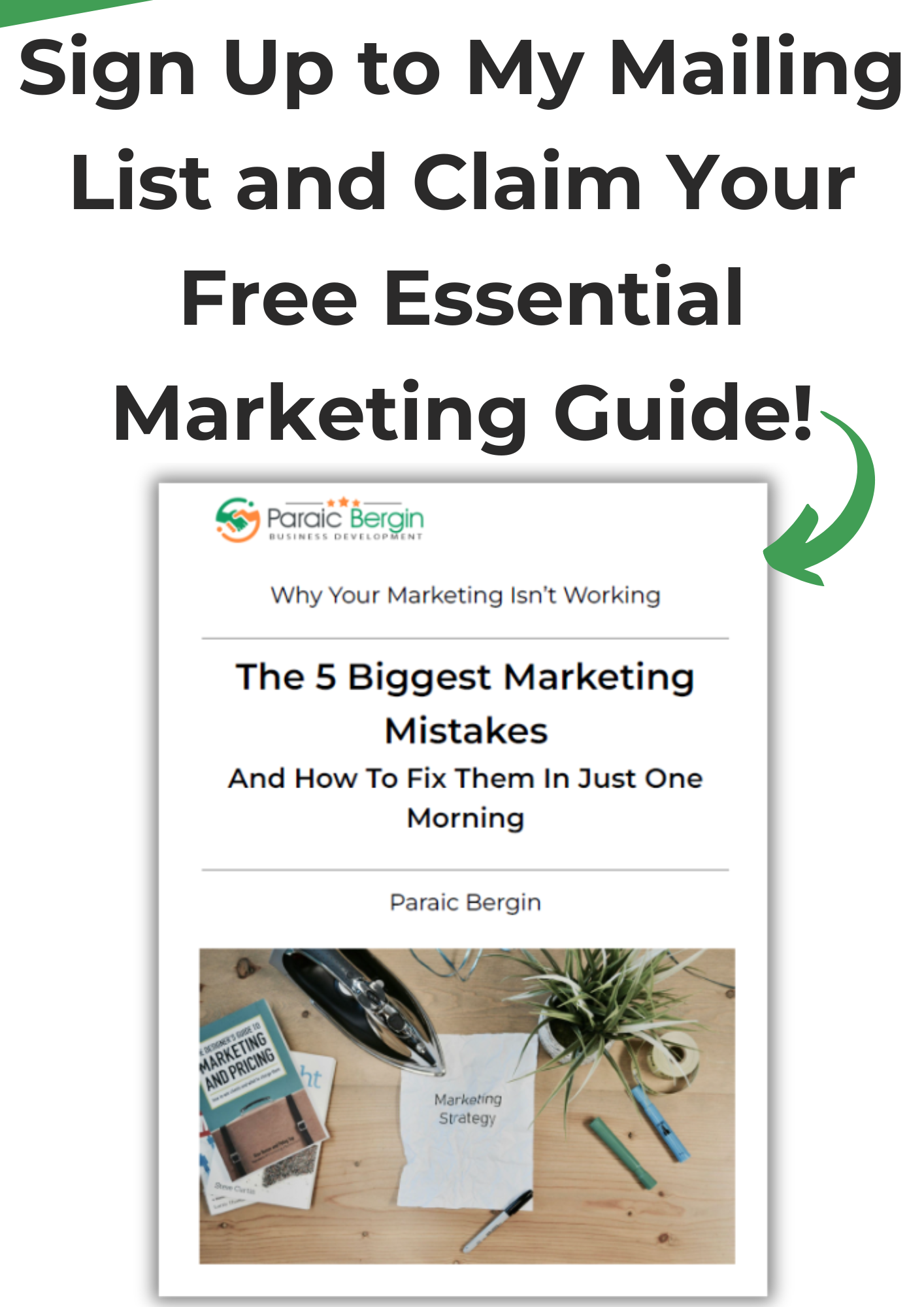Content marketing is essential to engage with your audience and build brand awareness. It involves creating content that highlights your expertise and credibility, offers value to your target audience, and builds your online presence to make you visible and desirable to new customers. Done right, these ten strategies will increase your audience reach, customer retention, and brand credibility at a low cost.
Ten Low-Cost Content Marketing Strategies
Let’s look at ten strategies for effective content marketing.
- Establish clear goals. Before diving into content creation, you need to define your objectives. What do you want to achieve? Do you want to increase traffic to your website? Generate leads? Improve brand recognition? Increase customer retention rates? Knowing your goals will shape your strategy and keep you on track moving forward.
- Identify your target audience. Define your ideal customer’s demographics, behaviors, needs, interests, and pain points through market research. The more you understand your target customers, the more you can tailor your content to resonate with them. The same goes for existing customers: look at current or past data to understand how to keep your customers coming back for more.
- Analyze your existing content. What are you doing well? What needs work? Identify what kind of content works best for your business and your target audience. Then identify the most effective channels to distribute your content based on your resources and your target audience, such as a website, social media profiles, B2B networking sites, mailing list, etc. Stick to a consistent publishing schedule and remember to prioritize quality over quantity.
- Create engaging and relevant content. We know that small businesses have limited resources when it comes to creating and distributing content. This means you need to produce high-quality, valuable content that speaks to your target audience’s needs and preferences. Establish yourself as an expert in your field and create content that reflects your expertise and addresses your customers’ pain points.
- Optimize for search engines. Search engine optimization (SEO) is a crucial part of content marketing. It affects your visibility and potential for organic traffic, meaning that effective SEO strategies can bring traffic to your website without needing to pay for advertisements. Use relevant keywords, meta tags, headers, and high-quality backlinks to improve your content’s search engine ranking. Regularly monitor and update your content to optimize its performance.
- Use social media platforms. Social media is another way to attract leads, engage with customers, and build credibility for free. Engage with current and potential customers, display positive reviews (social proof), and increase your exposure to new markets. Identify the platforms your target audience uses most and create content that suits the specific platform and how your ideal customers like to consume content, e.g. short video reels, long-form videos, short written posts, etc.
- Incorporate visual elements. Visual content significantly increases engagement and helps convey your message more effectively. Use high-quality images, infographics, videos, and interactive content to capture your audience’s attention. Good visual content can be easily shared across social media platforms, expanding your reach.
- Diversify your content format. Keep your content fresh and cater to different customer preferences by using different formats. This can include how-to videos, eBooks, webinars, or podcasts, and increases your chance of resonating with a broader audience.
- Encourage user-generated content. User-generated content establishes credibility and creates a sense of community and loyalty among your customers. Testimonials, reviews, and social media posts are as important for customer retention as for lead generation. Display user-generated content on your website or social media platforms to demonstrate the quality of your products or services.
- Measure and adjust. Regularly analyze your strategies to gauge their effectiveness. Track key metrics like website traffic, engagement levels, conversion rates, and social media reach. Use analytics tools to assess what content performs well and optimize accordingly. Monitor trends and adapt your strategy as needed to align with changing markets and customer preferences.
You need to combine these ten strategies to get the most out of the content you create and how you distribute it to your target audience. The strategies work together to optimize your content marketing efforts, so don’t focus on one strategy only and neglect the rest.
Conclusion
A clear, well-structured, and detailed content marketing plan will benefit your business significantly. Define your goals, know your audience, and deliver valuable, search-engine-optimized content through the right channels to establish a consistent presence where your target audience will see it, such as search engine results and social media platforms. Monitor and adjust your strategies regularly to stay up-to-date with changes in your field. Be creative and adaptable and, over time, you’ll see the benefits from your content marketing efforts in organic traffic, social media engagement, lead conversion, and customer retention.
Was this article useful? Sign up to my mailing list to stay up-to-date with new posts and announcements.



